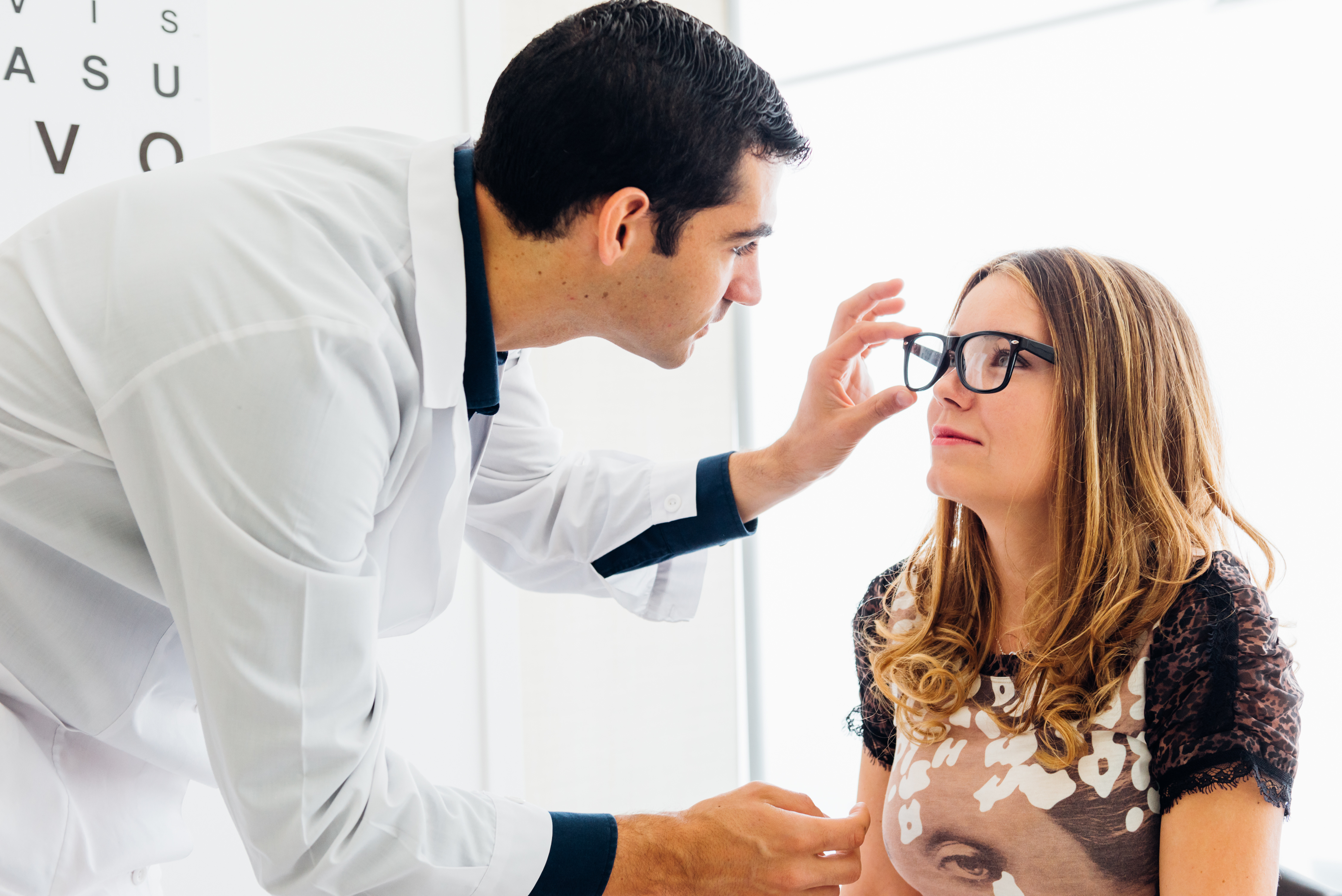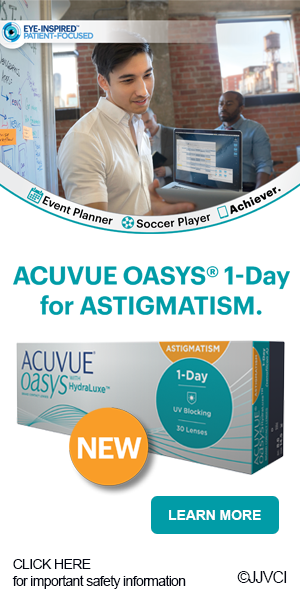We’ve all had our fair share of good and bad patient experiences, but why is it that we click so well with some and not others? As student clinicians, we are slowly learning our way around the slit lamp and finding that sweet spot to reach the ora, but how often do we think about how we can create the perfect eye exam experience for the most important person in the room? We’ve all had patients comment to our preceptors about how great we were but how do we get to a point where it becomes every patient?
One thing we can all take advantage of now as students is that the patients we see are practice opportunities for us to learn what works for us and what doesn’t. These patients do not “belong” to us, so what is there to lose? Imagine when you are working for corporate, for a group practice, or for yourself one day, and the most important thing that gets patients back in your office is how they felt about you. So many ODs I speak with always say the majority of your time is spent educating the patient, and though clinical experience and knowledge is important, creating a personal connection and getting a patient to remember you is the best publicity you can get.
Here are some tips I have learned based on a book called, “How to Win Friends and Influence People,” by Dale Carnegie.
1. “Make the other person feel important, and do it sincerely” Be genuine when you ask questions, it is all part of case history and knowing about a patient’s lifestyle that helps you prescribe the perfect lenses for the patient. Ask about their lives, their work, their children, their grandchildren, where they live, how they like xyz, the list goes on! Ask and keep asking! If you are a shy person, just try…you will be surprised how natural it will come to you when you have a genuine interest. Not only is this good practice for patient interaction, it is great for tailoring the optical side of dispensing. You are less likely to sound like a salesperson when you are recommending occupational lenses because they need them for their 8 hour day on the computer.
2. “If you’re wrong, admit it quickly and emphatically” Very often patients expect to wait to see doctors, put your pride aside and despite the circumstances of why you are running behind, apologize. When you say the simple words “I’m sorry for the wait,” you are acknowledging their time is important, which in turn makes them feel important.
3. “Let the other person feel the idea is his or hers” Do you have a patient who sleeps in their contact lenses? Or someone who forgets to take their antiglaucoma drop? How do we tactfully address these issues without making the patient feel they did something wrong? As healthcare practitioners, it is our job to educate, however, to some patients education can only go so far. Try a more interactive approach to discussing the management plan, giving the patient options can empower them to feel that the idea is their’s, and ownership is the key to getting them to do those daily warm compresses.
4. “Talk in terms of the other person’s interest” This is part of getting to know your patients, find out what makes them spark, find out what their interests are. It will help with prescribing the perfect lenses, sunglasses or contact lenses to suit their lifestyle in addition to getting your patients to feel they are important when you listen to them. People love talking about themselves; you can use this time to do your DFE or retinoscopy! You can be creative with the flow of your exam so the socialization doesn’t interfere with your efficiency.
Good luck and I hope this was helpful, take each opportunity to wow your patient, you only have one shot at making a first impression!
Carnegie, D. (1936). How To Win Friends & Influence People. New York, NY: Simon and Schuster
Vivien Yip
Illinois College of Optometry





